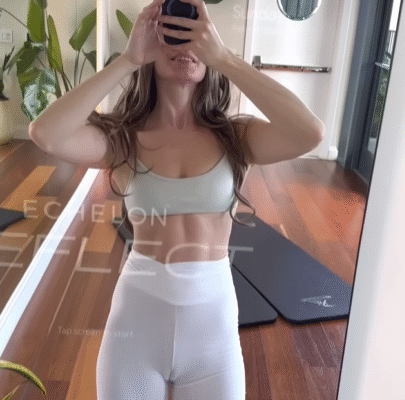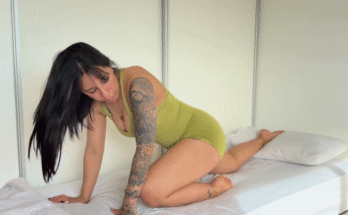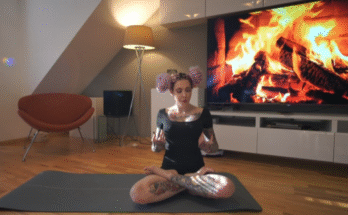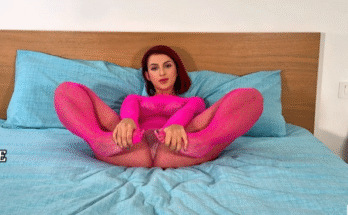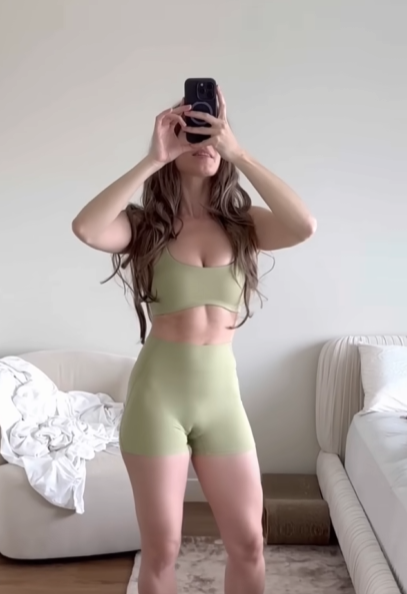
After a long day of standing, walking, or even sitting for hours, our legs can feel heavy, stiff, and tired. A relaxing leg yoga flow is one of the best ways to release tension, improve circulation, and bring soothing energy back into your body. This gentle sequence focuses on mindful movements, deep stretches, and calming breathwork to restore balance in your lower body — perfect for winding down in the evening or starting your morning with ease.
In this article, we’ll explore why leg-focused yoga is beneficial, then guide you through a step-by-step Relaxing Leg Yoga Flow you can do at home without any special equipment.
Why Focus on the Legs?
Your legs work hard every day. They carry your weight, support your posture, and keep you moving. Whether you’re an athlete, an office worker, or a busy parent, your leg muscles — from your calves to your hamstrings — are constantly under stress. Without proper stretching and strengthening, they can become tight, leading to lower back discomfort, poor circulation, and reduced flexibility.
A gentle leg yoga routine can help by:
- Releasing muscle tension in the calves, hamstrings, and quadriceps.
- Improving blood flow to reduce swelling and heaviness.
- Enhancing flexibility for better mobility and balance.
- Promoting relaxation through slow, mindful breathing.
Preparing for Your Leg Yoga Flow
Before starting, find a quiet, comfortable space where you can move freely. A yoga mat is ideal, but a soft carpet or rug works too. Wear clothing that allows your hips and legs to move without restriction. You may also want a yoga block, pillow, or folded blanket for support in certain poses.
Breathing Tip: Throughout this flow, breathe in and out through your nose if possible. Keep your breath deep and steady — inhale for 4–5 seconds, exhale for 4–6 seconds — to help your body relax.

The Relaxing Leg Yoga Flow
This sequence takes around 15–20 minutes and can be done daily. Move slowly, listen to your body, and never force yourself into a stretch.
1. Seated Forward Bend (Paschimottanasana) — 2 minutes
Sit with your legs extended straight in front of you. Flex your feet so your toes point toward the ceiling. Inhale to lengthen your spine, then exhale as you hinge forward from your hips, reaching toward your feet. Rest your hands on your shins, ankles, or toes — wherever they reach comfortably.
- Benefits: Stretches hamstrings and calves, calms the mind.
- Tip: Use a strap or towel looped around your feet if you can’t reach them without rounding your back.
2. Butterfly Pose (Baddha Konasana) — 2 minutes
Bring the soles of your feet together, letting your knees fall out to the sides. Hold your feet with your hands and sit tall. On each exhale, gently press your knees closer to the ground. You can fold forward slightly for a deeper stretch.
- Benefits: Opens hips, stretches inner thighs.
- Tip: Sit on a folded blanket to make the pose more comfortable.
3. Low Lunge (Anjaneyasana) — 1 minute each side
From a tabletop position, step your right foot forward between your hands, knee over ankle. Slide your left knee back and lower your hips. Keep your chest lifted and shoulders relaxed.
- Benefits: Stretches hip flexors and quadriceps.
- Tip: Place a blanket under your back knee if it’s sensitive.
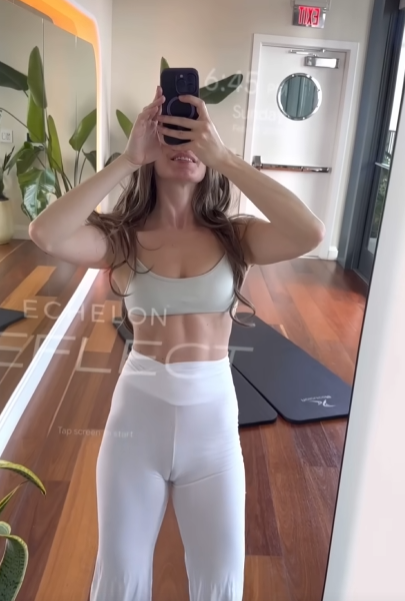
4. Half Splits Pose (Ardha Hanumanasana) — 1 minute each side
From your low lunge, shift your hips back so your front leg straightens. Flex your front foot and hinge forward slightly from your hips, keeping your spine long.
- Benefits: Deep stretch for hamstrings and calves.
- Tip: Use yoga blocks under your hands for extra support.
5. Wide-Legged Forward Fold (Prasarita Padottanasana) — 2 minutes
Stand with your feet wide apart. Inhale, lengthen your spine, and on the exhale fold forward, letting your head hang. Place your hands on the floor, on blocks, or grab your ankles.
- Benefits: Stretches hamstrings, calves, and inner thighs; relieves tension in the lower back.
- Tip: Slightly bend your knees if your hamstrings are tight.
6. Reclined Hand-to-Big-Toe Pose (Supta Padangusthasana) — 1 minute each side
Lie on your back. Extend your right leg up toward the ceiling, holding your big toe or using a strap around your foot. Keep your left leg straight on the mat.
- Benefits: Deep stretch for hamstrings, improves flexibility.
- Tip: Keep your shoulders relaxed on the floor.
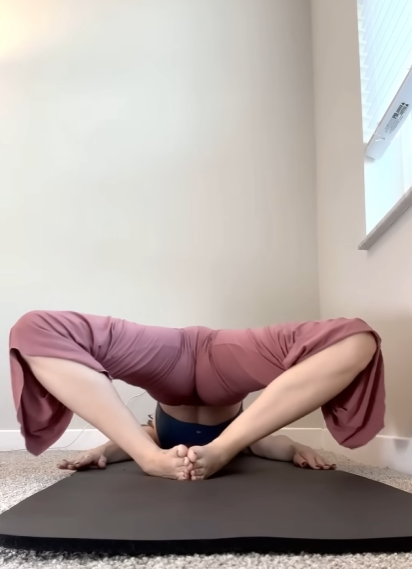
7. Happy Baby Pose (Ananda Balasana) — 2 minutes
Lie on your back, hug your knees into your chest, then grab the outer edges of your feet. Gently pull your knees toward your armpits, rocking side to side if it feels good.
- Benefits: Opens hips, stretches inner thighs, and relaxes the lower back.
- Tip: If grabbing your feet is difficult, hold your shins instead.
8. Legs-Up-the-Wall Pose (Viparita Karani) — 3–5 minutes
Sit sideways next to a wall, then swing your legs up as you lie on your back. Let your legs rest against the wall, arms relaxed by your sides. Close your eyes and breathe deeply.
- Benefits: Relieves tired legs, promotes circulation, reduces swelling.
- Tip: Place a pillow under your hips for gentle support.
Modifications for Beginners
If you’re new to yoga or have tight leg muscles, don’t worry — every pose can be adjusted. Use props like pillows, blankets, or yoga blocks to make the stretches more comfortable. Focus on small, gentle movements and avoid bouncing or forcing yourself deeper into a pose
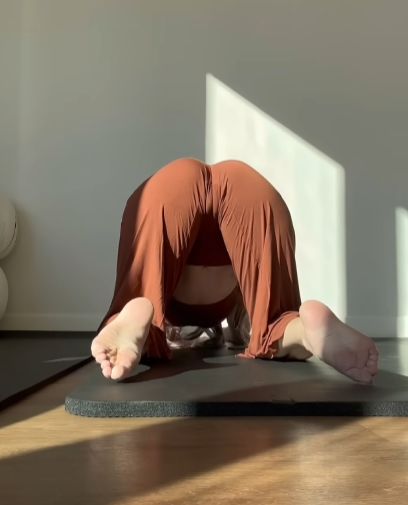
Adding Relaxation Elements
To make this leg yoga flow even more soothing:
- Play calming music in the background.
- Light a candle or use essential oils like lavender or eucalyptus.
- End with Savasana (lying flat on your back) for a few minutes to let your body absorb the benefits.
Final Thoughts
A Relaxing Leg Yoga Flow is more than just stretching — it’s a mindful way to care for your body and mind. By slowing down and focusing on your breath, you allow your muscles to release tension while your nervous system shifts into a state of calm.
Whether you’ve had a long day on your feet, just finished a workout, or simply want to unwind before bed, this gentle yoga sequence can help you feel lighter, more flexible, and deeply relaxed.
Make it a regular part of your routine, and over time, you’ll notice not just looser leg muscles, but also improved posture, better balance, and a greater sense of well-being.
